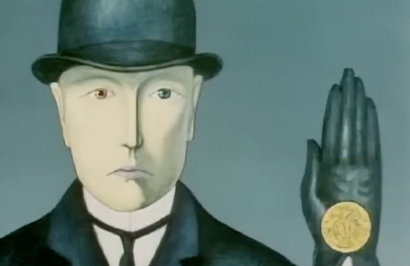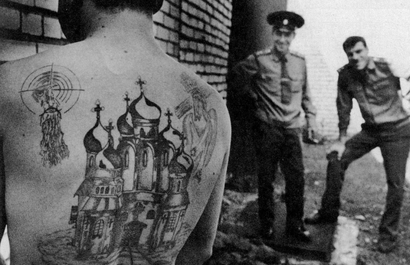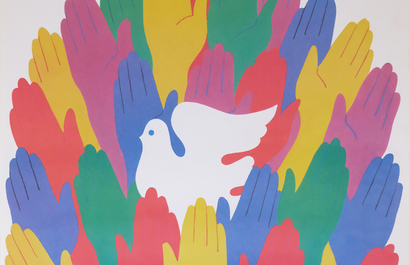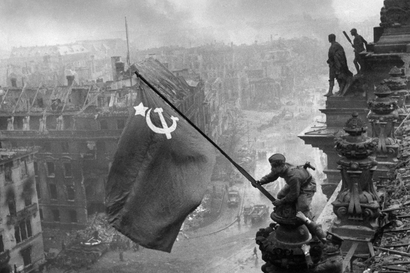Soviet Propaganda Posters are Undervalued. Here's Why
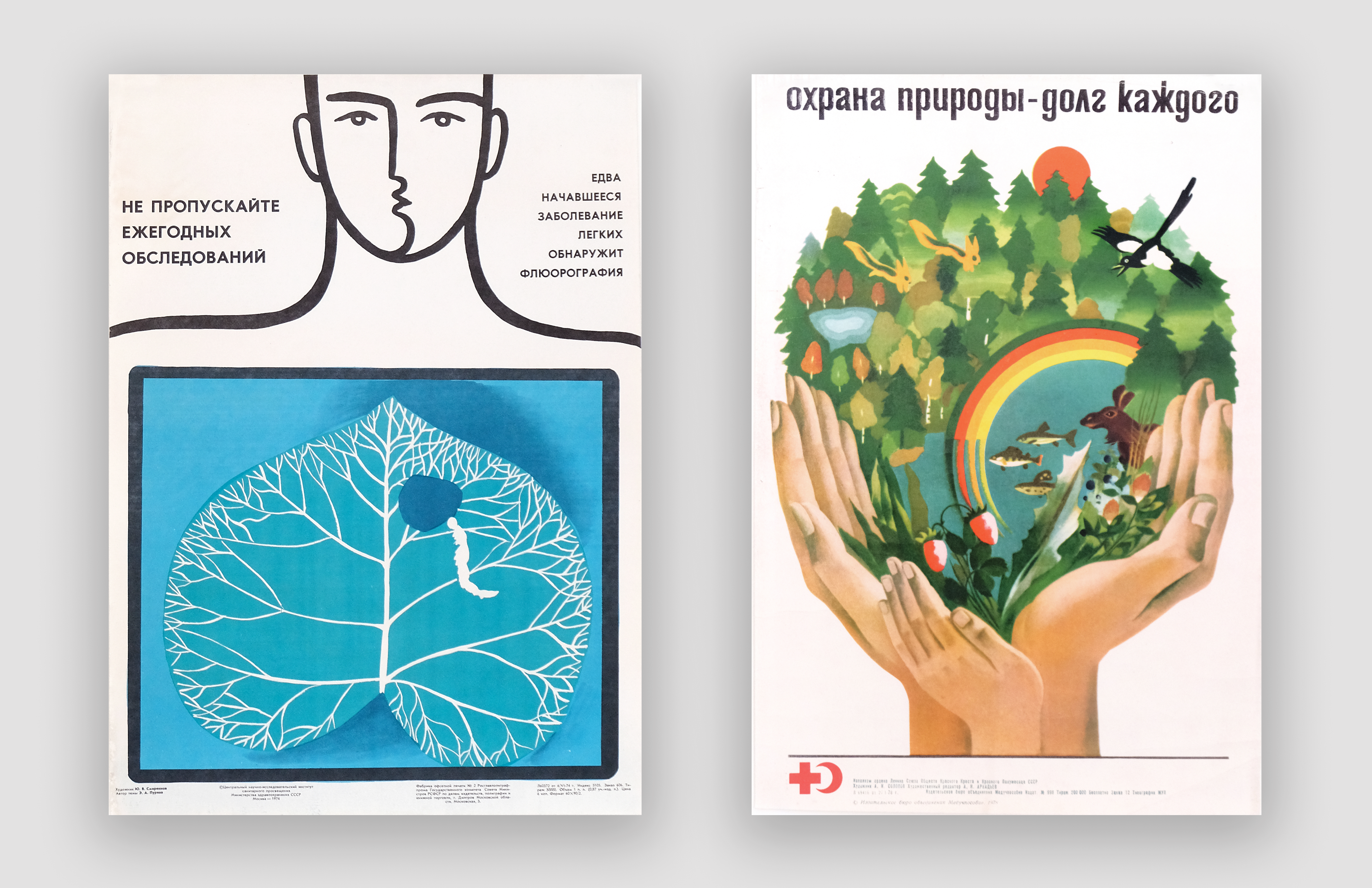
Thirty years after the collapse of the Soviet Union, its legacy lives on through propaganda posters. These posters are more than just propaganda; they reflect the cultural narrative and values of the Soviet era, providing a glimpse into the Soviet mindset. Despite their creativity and historical significance, these posters are often undervalued when compared to Western posters from the same time period. Here’s why that’s so.
Socialist Realism: The Repression of artists
One of Stalin’s first actions as leader of the USSR was to take control of the artist unions. He then imposed strict controls on artistic expression. Socialist realism was a realistic (photographic) and idealised art. And it was the only officially approved art in the USSR.
Since Soviet artists were all employed by the state, they had no other option but to create this style of art. Socialism Realism’s reach is widespread. You’ve probably seen paintings of Stalin surrounded by happy children in a field, or joyful workers ploughing a field. But this style of art is boring. There’s a lot of red, and a lot of Stalin. These posters are valuable - usually because they have a limited print run and were created by renown artists. In my opinion, these posters are not undervalued.
The dawn of a New Era: Unofficial Art
After Stalin’s death, the state loosened their grip on art and artists. What followed was a period of rapid experimentation - in message and medium. Politically and socially charged, Unofficial Art sought to subvert the dominant State narrative and upend preconceived notions of what art was. Artists used art to commentate on society at large. This new type of art was in stark contrast to official art, sanctioned by the state.
Artists still had to be careful. experimental art was permitted only in private. Artists who tried to show their art in public were ridiculed. The KGB would regularly imprison Nonconformist artists and destroy their art. In the famous Bulldozer exhibition, artists were shot at with water cannons, and bulldozers were used to destroy their artworks. One policeman is famously quoted as saying: “You should all be shot! Only you are not worth the ammunition!”.
These artists were still employed by the state. And the posters they created for the state were heavily influenced by Nonconformist art. Some hid symbols which were critical of the USSR in plain sight. Posters were no longer all red, and they often showed the insidious side of the Soviet Union, one plagued by alcoholism and other ills. These posters are grossly undervalued.

Posters are Difficult to Find Today
For decades, Soviet posters were seen by the East AND West as propaganda. They weren’t considered art. These posters were printed in large quantities and displayed in public buildings and government offices, often being replaced after just a few months. Today, many examples of Soviet art have been destroyed or are deteriorating in the basement of some babushka’s home. Soviet propaganda posters from the 1960s to the late 1980s are a form of cultural commentary and are an astute investment. Here are some tips on starting your own collection.
- Do your research: Before you start collecting, it’s important to learn about the history and meaning behind propaganda posters from the Soviet Union. This will help you identify genuine pieces and avoid counterfeits. Avoid smaller reprints, as they have no collector value.
- Know the condition of the posters: You should always know the condition of the posters you’re buying. Check for signs of wear and tear, discoloration, or other issues that could affect the value of the poster. While the value of a poster decreases with wear and tear, I see these imperfections as part of their story and beauty.
- Buy from reputable sources: Buy from established dealers who have a track record of selling authentic Soviet propaganda posters. Here’s a few dealers you can check out.
- Consider framing and conservation: Pay attention to how you’re storing and displaying your posters to ensure they stay in good condition. They should be kept out of direct sunlight, away from moisture and stored flat. Investing in professional framing and conservation will ensure your posters are kept safe and in the best condition possible. Here’s how you can protect your collection.



